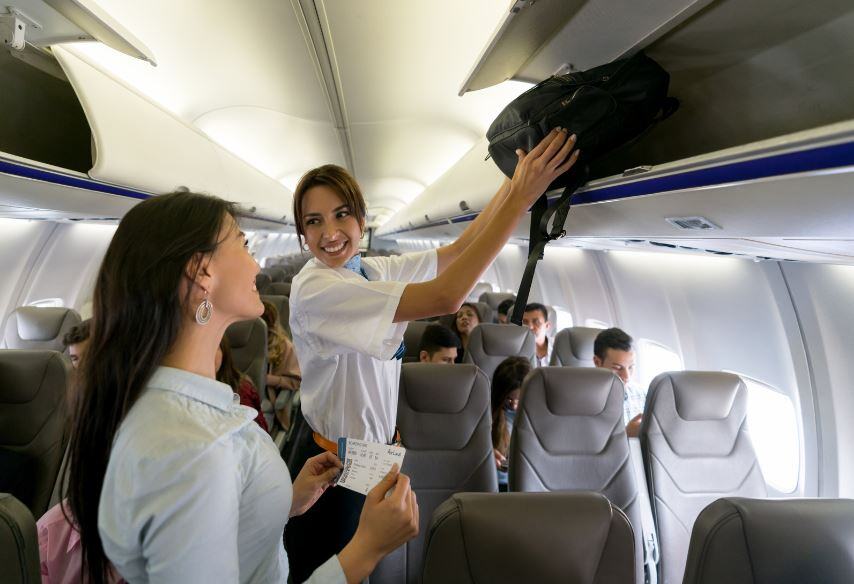
Identifying and Addressing Language Barriers in Your Company
Introduction In today's globalized business environment, companies depend on a diverse workforce that spans multiple ...

Table of Contents
Air travel has become an essential part of our lives. Every day, around 93,000 flights take off from approximately 9,000 airports. At any given time, 8,000-13,000 airplanes are in the air. Over 30,000 flights with two million passengers on board take off daily in the United States alone.
As millions of passengers take to the skies daily, safety becomes an essential concern for airlines and aviation authorities alike. Bilingual flight attendants stand out as a vital asset among those ensuring passenger safety on every flight. Their ability to communicate in multiple languages extends far beyond making passengers feel comfortable - it plays a critical role in breaking down language barriers and enhancing safety measures, especially during emergencies.
The passengers on any given flight represent an array of nationalities and languages. Clear communication is about providing instructions and ensuring that passengers understand and can act accordingly in any situation. Bilingual flight attendants are better equipped to address the needs of a broader range of passengers from different language backgrounds. This becomes particularly important during safety demonstrations, where comprehension is vital to use emergency equipment effectively.
Emergencies can arise unexpectedly during air travel, and when they do, every second counts. Bilingual flight attendants play a pivotal role in relaying critical information swiftly and accurately to passengers in their native languages. This not only helps passengers understand what is happening but also aids them in following safety protocols. Whether explaining emergency exits, demonstrating the use of safety equipment, or providing instructions during turbulence, having a bilingual flight attendant on board can make all the difference in minimizing confusion and ensuring everyone's safety.
Speak to an Expert About Language or Culture Training
Safety on a flight isn't just about physical well-being - it also involves passengers' mental and emotional comfort. Bilingual flight attendants can bridge cultural gaps and language barriers, making passengers from different backgrounds feel more at ease. This level of understanding and empathy is crucial in preventing misunderstandings and conflicts that could impact the safety of the flight. In the event of an emergency landing or prolonged delays, the presence of a bilingual flight attendant can help keep passengers calm and informed in their own language.
The role of a flight attendant is not only about serving drinks and snacks - they are an integral part of the flight crew responsible for passengers' safety. Pilots communicate in the cockpit in English, the universal language of aviation. However, in the cabin, the dynamics are different. Bilingual flight attendants can provide a bridge between the cabin and the cockpit in case of any discrepancies or issues that need immediate attention. Their ability to understand multiple languages ensures efficient communication between the entire flight team, further strengthening the safety measures.
Airlines are constantly looking for ways to distinguish themselves. Employing bilingual flight attendants enhances safety and offers a significant advantage in attracting a broader clientele. Passengers feel more comfortable and appreciated when communicating in their native language, leading to improved passenger experiences and positive word-of-mouth recommendations.
The role of flight attendants goes beyond just delivering in-flight services; they are the first responders and guardians of safety in the skies. Being bilingual equips them with the tools to bridge language barriers, ensure efficient communication, and provide passengers with a higher level of safety. As air travel continues to connect people across the globe, the demand for bilingual flight attendants will only grow.
This blog post was written by Megan Tully, Marketing Manager.

Introduction In today's globalized business environment, companies depend on a diverse workforce that spans multiple ...

Language Training as an Employee Benefit Having an accent, not finding the right words on the fly, or even crafting an ...

Being multilingual is a powerful tool beyond the ability to communicate with others - it opens doors to new cultures, ...
Please fill out the form below for more information or to schedule a consultation.